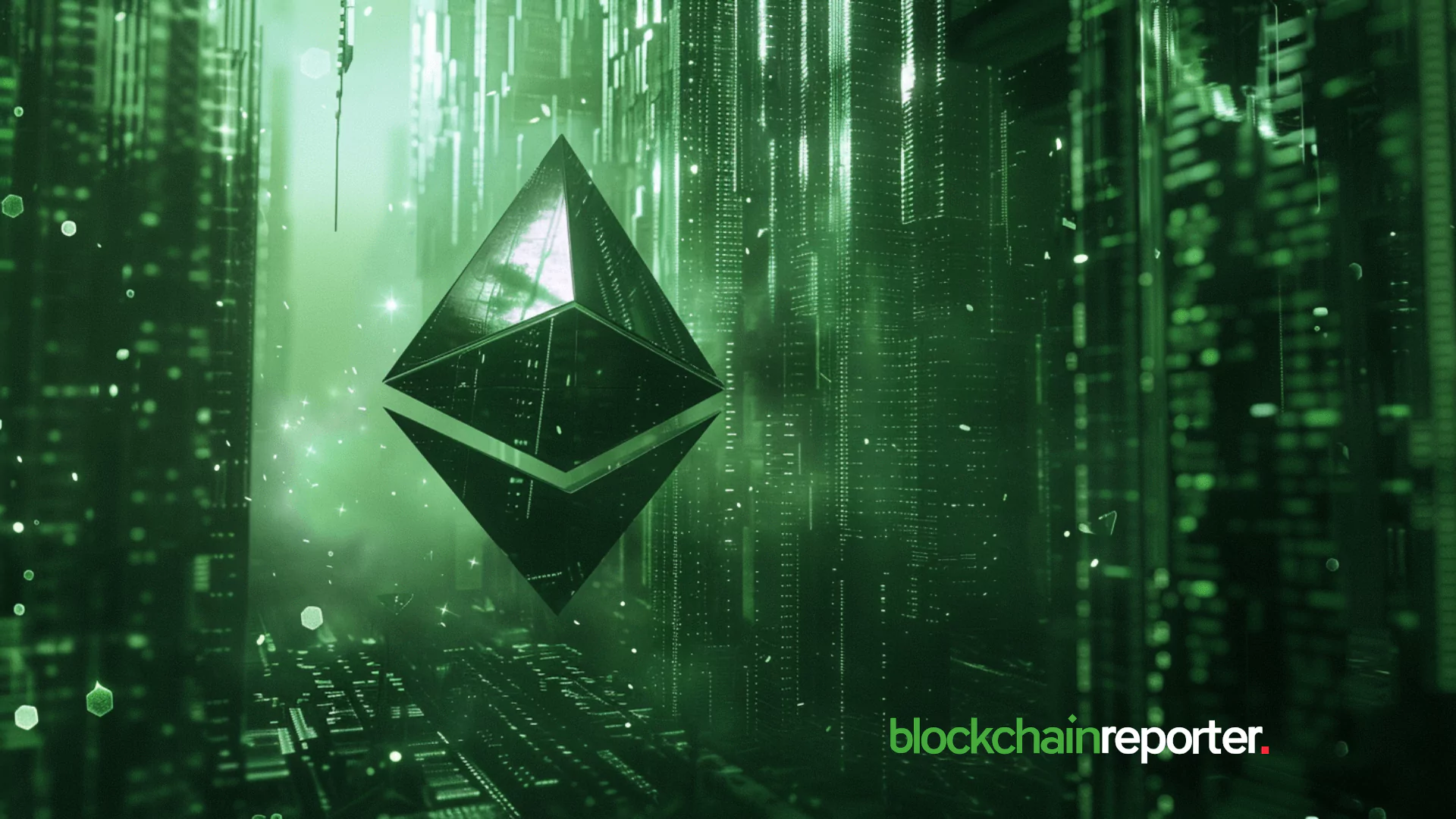

In a world flooded with trending tickers, viral presales, and short-term hype, the real story often hides behind institutional doors.
Retail investors historically lacked access to early-stage private deals, leaving substantial returns to venture capital and family offices. But 2025 is showing cracks in that gate: a handful of whale-backed presales are attracting serious capital, and tokenized platforms like IPO Genie are proving that structured, on-chain access to private markets is possible.
Are retail investors about to catch the rising tide of institutional capital before it recedes again, or will they be left watching from the shore?
Top 3 Whale Backed Crypto Presales for 2025
1. IPO Genie ($IPO)
IPO Genie is a blockchain-native platform that tokenizes access to private markets (pre‑IPO deals, VC deals, etc.). Its $IPO token is the governance and utility layer: holders gain tiered access to deal flow, staking, and on‑chain governance.
Unlike BlockDAG , which focuses primarily on high-throughput transaction scaling, or Toncoin , which relies on staking and validator economics, IPO Genie centers on structured access to private-market allocations , giving retail investors exposure historically reserved for institutions.
The platform’s protocols are audited by CertiK , ensuring smart-contract security, while Fireblocks provides institutional-grade custody for token holdings. Chainlink oracles deliver reliable, real-time data to support deal allocations and governance decisions, adding an extra layer of transparency and trust.
If you missed the early $IPO presale rounds, understanding its mechanics now could still give you insight into how institutional strategies are shaping private-market allocations.
How IPO Genie Works (Tokenomics Mechanics)
- Total Supply: 436.9 billion $IPO.
-
Allocation:
- Presale: 50% → ~218.45 B IPO. Liquidity / Exchanges: 20%
- Community Rewards: 18%
- Staking Rewards: 7%
- Team: 5%
- Vesting / Lock-up: The team’s 5% allocation is 100% locked for 2 years, then linearly vested over 12 months.
-
Deflation Mechanisms:
- Quarterly buy-back-and-burn using platform revenues.
- Staking lock-ups reduce circulating supply.
-
Utility:
- Access rights: token holders get different deal‑flow access tiers.
- Governance: holders vote on protocol parameters.
- Staking rewards: staking earns yields and strengthens alignment.
Investor Implications
- Scarcity & inflation: High presale allocation means early buyers, but deflationary mechanics (buy-backs) may counterbalance inflation if usage scales.
- Liquidity & volatility: Liquidity reserved is substantial (20%), but after listing, volatility could be high if staking or buy-backs are weak.
- Distribution risk: With 50% in presale, concentration risk exists (especially if whales dominate presale).
- Incentive alignment: Team lock-up of 2 years helps. But much depends on platform adoption to fuel the deflationary cycle.
- Signals to monitor: Volume and deal‑flow metrics on the platform; quarterly buy-back execution; staking participation rates; governance proposals.
Explore the $IPO tokenomics and deal-flow data in their official whitepaper .
2. BlockDAG ($BDAG)
Definition
BlockDAG is a hybrid blockchain + DAG architecture network. Its presale has attracted large capital, and it aims to scale transaction throughput with its novel consensus model.
How It Works (Tokenomics Mechanics)
- Total Supply: 150 billion BDAG.
-
Allocation:
- Presale: ~50 B BDAG (33.3%)
- Miners: 75 B (50%)
- Community & ecosystem: ~19 B (12.7%)
- Liquidity: 4.5 B (3.0%)
- Team: 1.5 B (1%)
-
Vesting:
- Presale tokens: 40% unlocked at TGE; then 20% per month over the next 3 months.
- “Presale bonus” tokens (from presale incentives) have a 12-month lock, then linear vesting over 12 months.
Emission / Scarcity:
- Whitepaper mentions a “halving-like” event every 12 months to control inflation.
- Mining rewards are a key distribution driver.
- Utility:
- BDAG is used for mining rewards.
- Network fees, presumably for validating or staking.
- Ecosystem incentives for community builders.
Investor Implications
- Scarcity risk vs inflation: The halving‑style mechanism could help, but short-term unlocks may flood the market.
- Liquidity & volatility: Liquidity allocation seems limited (3%), which might lead to tight markets and volatile swings.
- Concentration risk: A large portion goes to miners — but if mining is centralized, that’s a concentration risk.
- Incentives & alignment: Vesting helps, but bonus tokens risk early dumping once unlocked.
- Signals to monitor: Mining activity / growth of X1 users, on‑chain flows around unlock dates, transparency from the team (roadmap, release schedule), community sentiment (e.g., on Reddit).
3. Toncoin (TON)
(Note: Toncoin isn’t a traditional “presale” in 2025, but because of its large-scale institutional backing and supply mechanics, we’re including it as a whale‑driven play.)
Definition
Toncoin (TON) is the native token of The Open Network (TON), a high-throughput blockchain originally associated with the Telegram ecosystem. It supports staking, payments, governance, and more.
How It Works (Tokenomics Mechanics)
- Total Supply: ~5.144 billion TON as of late 2025.
- Current Circulating Supply: ~2.52 billion TON.
- Issuance / Inflation: ~0.6% annual inflation from block rewards.
- Burn / Deflation: 50% of network fees (transaction + storage) are burned.
- Additional Supply Adjustment: According to its MiCA whitepaper, TON has freezing mechanisms (e.g., smart contract “lockers”) that lock up part of supply long-term.
-
Utility:
- Pays for gas / transaction fees.
- Staking: validators and nominators earn rewards.
- Governance: proposals and upgrades.
- Payments / dApps / DeFi on TON.
Investor Implications
- Scarcity dynamics: The burn mechanism helps, but low inflation means token value depends heavily on on-chain activity.
- Liquidity & volatility: TON is already listed, so liquidity is relatively mature; but future demand will hinge on apps and transaction volume.
- Concentration risk: Large holders (validators, early wallets) could influence the market.
- Incentives: Validators are incentivized; long-term lockers reduce circulating supply.
- Signals to monitor: Transaction volume and fee generation, burn rates, staking metrics, governance proposal participation, regulatory changes (e.g., in Europe under MiCA).
Risk Matrix (Summary)
| Project | Key Risks |
| IPO Genie | – Some tokens may be held by a few large buyers– Regulations could impact how the platform operates– Adoption depends on how fast users trust and use the platform– The buy-back model requires consistent execution |
| BlockDAG |
– Big unlock events could create selling pressure
– Liquidity may be thin in early stages – Not all project details are fully transparent – Mining could become dominated by a few large players – Marketing promises may exceed actual delivery |
| Toncoin | Supply needs to stay balanced between issuance and burns– Regulatory shifts could affect global usage– Growth depends on Telegram ecosystem activity– A sizable share of tokens sits with large holders |
Why These Three, and Why It Matters Economically
- Institutional potential: All three projects appeal (or could appeal) to large capital. IPO Genie by tokenizing private deals, BlockDAG by selling presale to serious backers + miner network, Toncoin via large staking / validator economics.
- Supply design & scarcity: Their tokenomics show deliberate scarcity (or controlled issuance) rather than blind minting — which matters when large investors watch float and demand dynamics.
- Behavioral alignment: Vesting (or lockups) in IPO Genie and BlockDAG aligns early investors with long-term success. TON’s staking / locking helps too.
- Liquidity & risk control: If institutional whales are involved, understanding unlock schedules, burn emissions, and token flow is critical to assessing risk of dump or volatility.
Closing
At the end of the day, whale-backed presales aren’t about chasing the loudest narratives – they’re about spotting where serious capital sees long-term value. IPO Genie , BlockDAG, and Toncoin each capture a different slice of that momentum, but they all sit on the same foundation: strong demand, credible structures, and the kind of early positioning whales traditionally keep for themselves.
As always, the upside comes with risk. But if you’re exploring high-potential presales for 2025, these three are worth putting on your radar – and worth researching before the next wave of capital moves.




